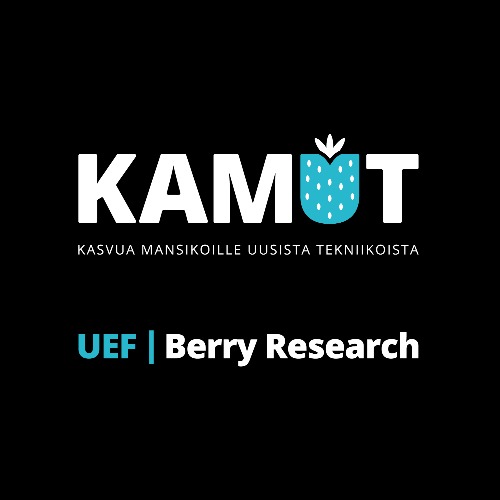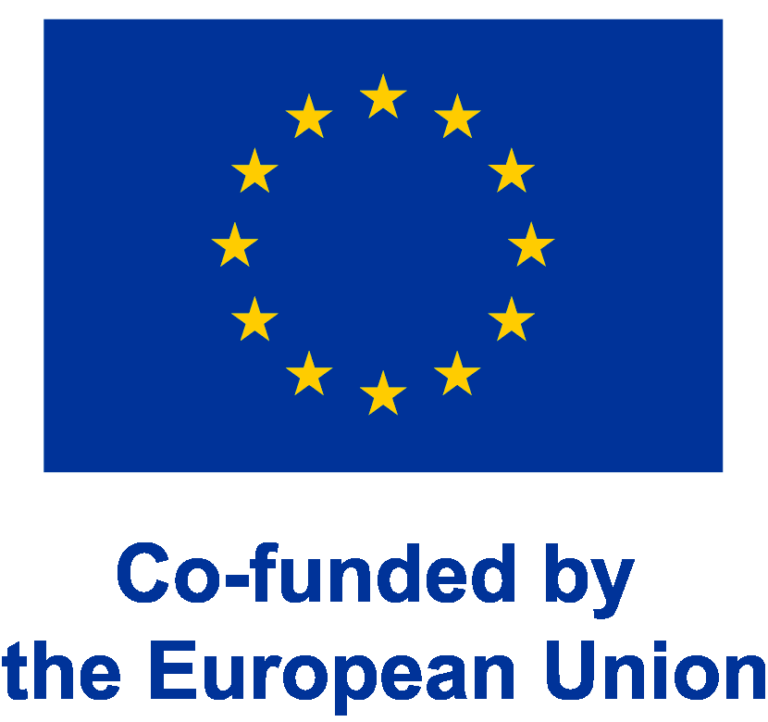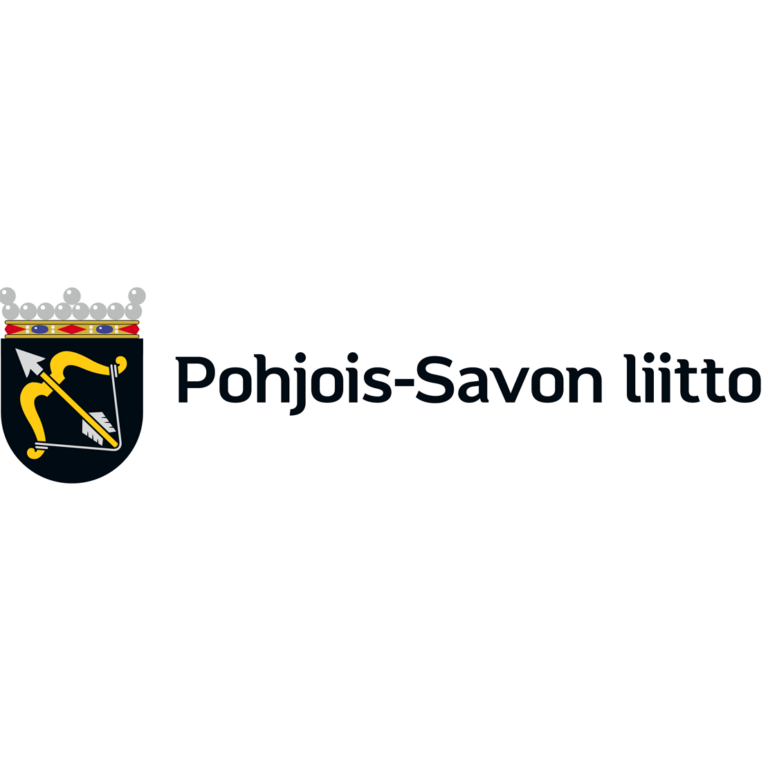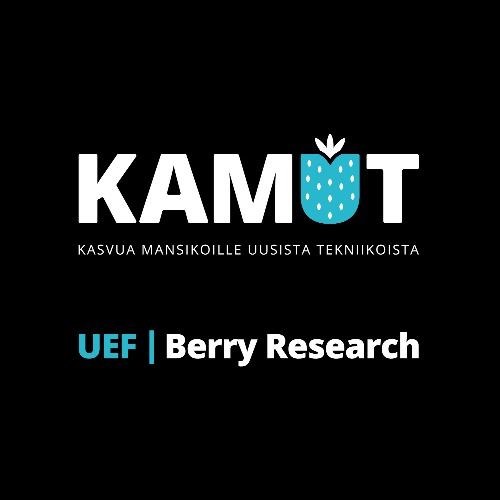
KAMUT - Growth for strawberries from new technologies - investment
Funders
Main funder


The project is funded by Just Transition Fund (JTF). The project is implemented by University of Eastern Finland.
The target group for the development and investment project is the small and medium-sized
horticultural SMEs in North Savo. The aim is to address their needs for new, ecologically
sustainable growth substrate options and to develop innovative production techniques. In the
development project, the suitability of growth substrates made from sphagnum moss, especially
for strawberry hydroponics and seedling production, will be developed and tested. In addition to
sphagnum moss, the utilization of circular economy materials as partial raw materials for growth
substrates will be examined, and resource-efficient hydroponic techniques compatible with the
new growth substrates will be piloted.
Domestic strawberry seedling production will be developed based on vertical farming, where
plants are grown in multiple overlapping layers with the aid of LED lights. In the investment
project, the university’s R&D infrastructure will be complemented with a cultivation container
suitable for vertical farming, which supports the achievement of the development project’s
goals and opens new possibilities for its implementation. The container enables more precise
control of growing conditions and carbon dioxide fertilization, allowing for the development of
even more competitive cultivation methods. Because of the container, more tests related to the
development of growth substrates and cultivation techniques can be conducted without space
limitations.
Additionally, the container can be used to develop hydroponic techniques where the required
amount of growth substrate is very small. This is a viable adaptation method that can promote
the transition to peat-free cultivation and improve the resource efficiency of cultivation in terms
of growth substrate usage. Seedling production based on vertical farming can create new
economic activities in the regions, simultaneously supporting and strengthening the operating
conditions of berry businesses in Eastern Finland. There is a need for clean, disease-free
strawberry seedling material in both open-field farms and tunnels.
The cultivation container also allows for piloting berry production based on vertical farming, and
tests related to this will be organized in conjunction with the optimization of seedling production
methods. In addition to testing new growth substrates and developing cultivation techniques, a
key goal of the project is to enhance the expertise of berry entrepreneurs and implement new
cultivation methods in practice. The expectation is that, as a result of the projects, the strawberry
cultivation industry in the region will diversify, and the transition to peat-free cultivation will be
navigated in a more competitive manner. The project will network and collaborate in information
dissemination and training with the Berry Information Group and Agri-Food Cluster North Savo.


